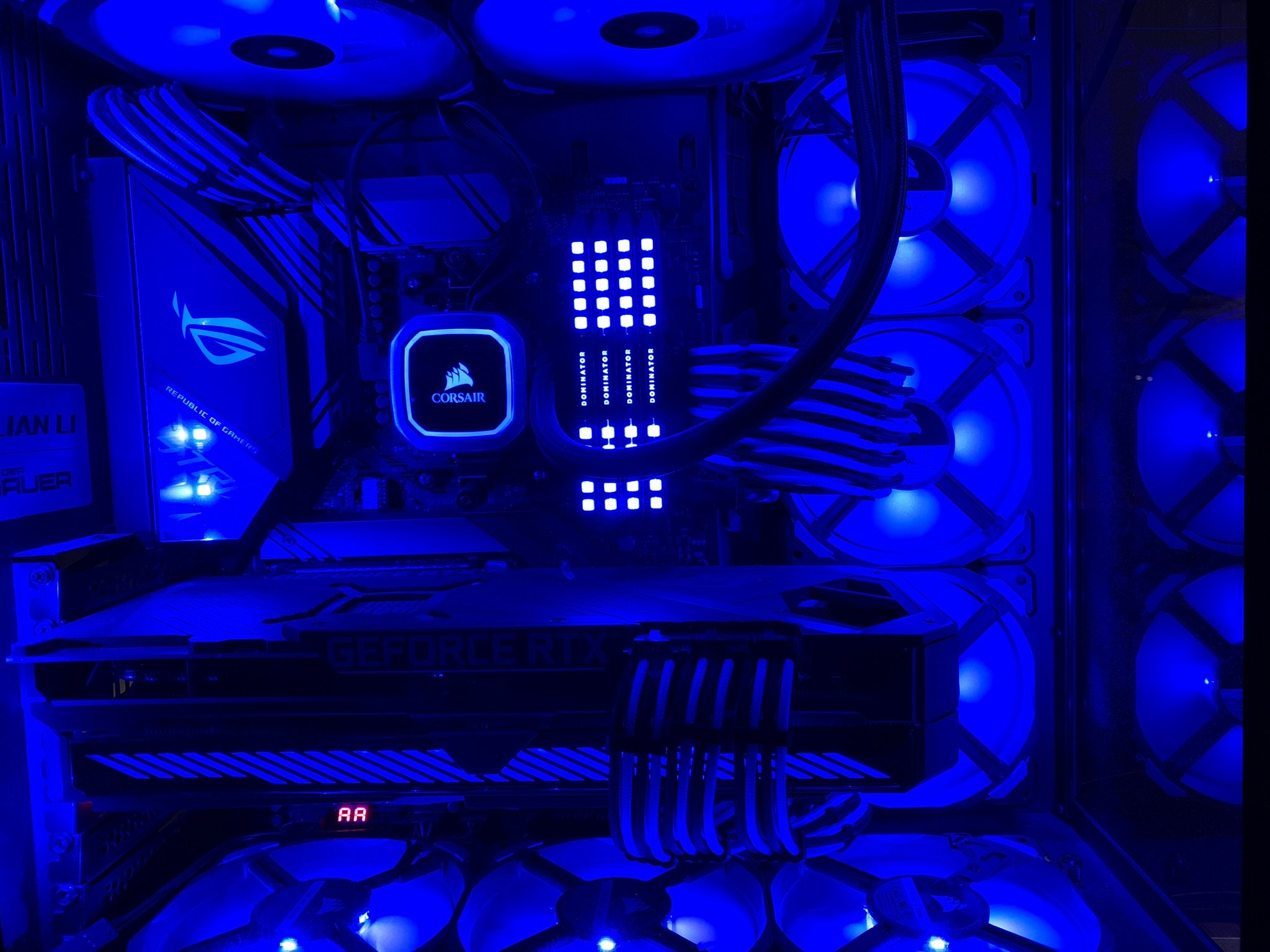What computer is best for an acoustican?
Back in 2019 I bought my first tablet computer, a fully-specced HP Elite X2. I had counted on doing a lot of business trips and when you’re flying a lot, a tablet is hard to beat. Well, shortly thereafter most travel plans were cancelled for a couple of years, so I ended up with a very slow desktop solution instead. It didn’t take long before the tablet ended up as a part of my travel kit and I replaced it with a proper desktop workstation. However, I just moved into a new (secondary) office and once again I need to go back to the laptop+docking station path. In this post I will list some of my thoughts about what might be valuable for me in my work as an acoustician.
My ordinary desktop computer is a monster, especially when it comes to graphics power. A typical use case is to review 3D models of huge buildings with every type of building construction and installation. System-requirement-wise you can easily compare it to gaming. I also use VR as a tool when reviewing my projects. And that is also an extremely demanding task. Now, when it comes to laptops, it is always a compromise. The more power you need, the bulkier it becomes. And that is contrary to another critical need – portability. My tablet has been wonderful considering portability. I have found it especially nice to setup on a construction site when conducting building acoustic field measurements. The touch screen is wonderful to have on site. To look at the 3D IFC models with a touchscreen feels great and it is very intuitive. But its primary problem is performance. The GPU in the tablet is so weak, that looking at 3D models is borderline unusable even when you disable most layers. With large buildings, it is completely unusable.
The lacking 3D performance is also a pity when lecturing, because with a bit more oomph it would have been a perfect pedagogical tool to mirror the touch screen to a video projector and move around in the building with clipping planes and show the audience what’s going on with sound in a building when you peel off the outer layers. And the third scenario when I get extremely frustrated is when I am working late nights in hotel rooms and want to review 3D models for whatever reason, for example to prepare for the upcoming measurement. Maybe things are a bit different now, and a 2023 gaming tablet (yes, there is such a thing!) could be the perfect choice for someone like me? Could be, but then the price is astronomical, and I am not convinced that I would use it nearly enough to justify such an expense. As a desktop replacement it could be OK, but I already have my workstation and no laptop in the world comes close.
The simplest solution today would be to just grab a regular gaming laptop and call it a day. A 15 incher with a reasonably powerful GPU would probably do the trick in the above situations, without costing a fortune. But I feel frustrated that I would probably miss the touch screen and pen, which can be very useful in the field as described above. And it would be bulkier and noisier.
However, there is another option that I have been looking into and that is an EGPU – an external thunderbolt box with a very powerful desktop GPU inside. Preferably combined with a docking station. That would be superb at my second office. One cable and voila, I would have all the 3D power I could wish for even from my little tablet computer. And when I leave the office, I still have the touch screen and the ultra-portability. But the 3D performance would collect dust back at the office desk and I would still be swearing in my hotel rooms, construction sites and lecture rooms. And the price of an Egpu is quite steep too. There is also a higher risk of frustrating trouble-shooting. Haha, and then I am back to where I started again.
When it comes to these (albeit very pleasant) problems, one shouldn’t be too quick to go for the simplest solution. I did expect to run into some issues when I got the tablet back in 2019, but I have also learned a lot of new usage scenarios that can’t be realized without a touch screen. I think it is a good thing to try out new stuff and evaluate new use cases. It is the same with everything, how are you ever going to learn new stuff if you only read about it and never try it? I plenty of experience with desktops, gaming laptops and tablet and their respective strengths and weaknesses. But I have never tried an EGPU. I guess it is theoretically possible to bring your EGPU to a hotel room, but I am pretty sure that we are talking about a fringe scenario here. Would I bring it to a lecture? It depends on how bulky and reliable it is. And that I will never know unless I try one. It might be an option to find a 2nd hand EGPU, because if it turns out to be useless, then at least it wouldn’t cost a fortune. And speaking of 2nd hand, a used gaming laptop could be an option too. A gaming tablet would indeed be the best choice by far, but the cost would be higher than a 2nd hand EGPU AND 15” gaming laptop combined… We’ll see what happens. It might sound strange, but I kind of like this process of figuring things out. Especially when it comes to trying new things.
